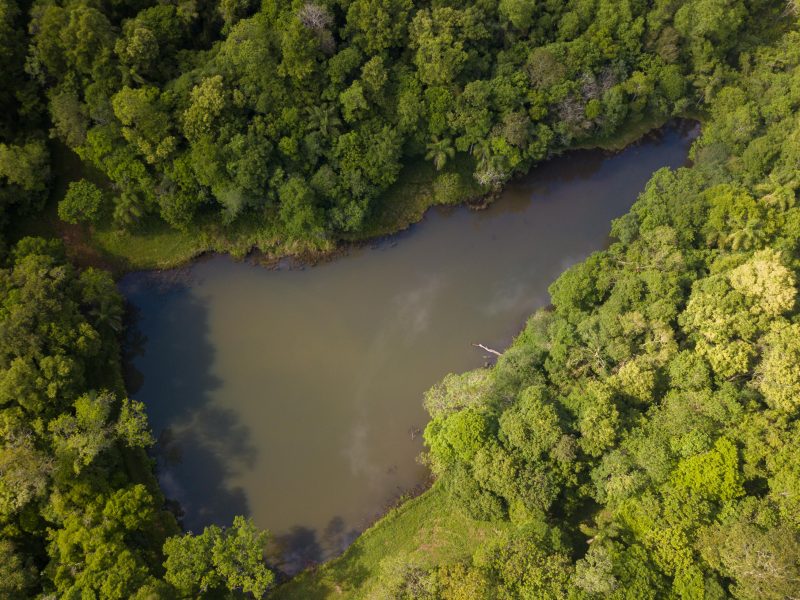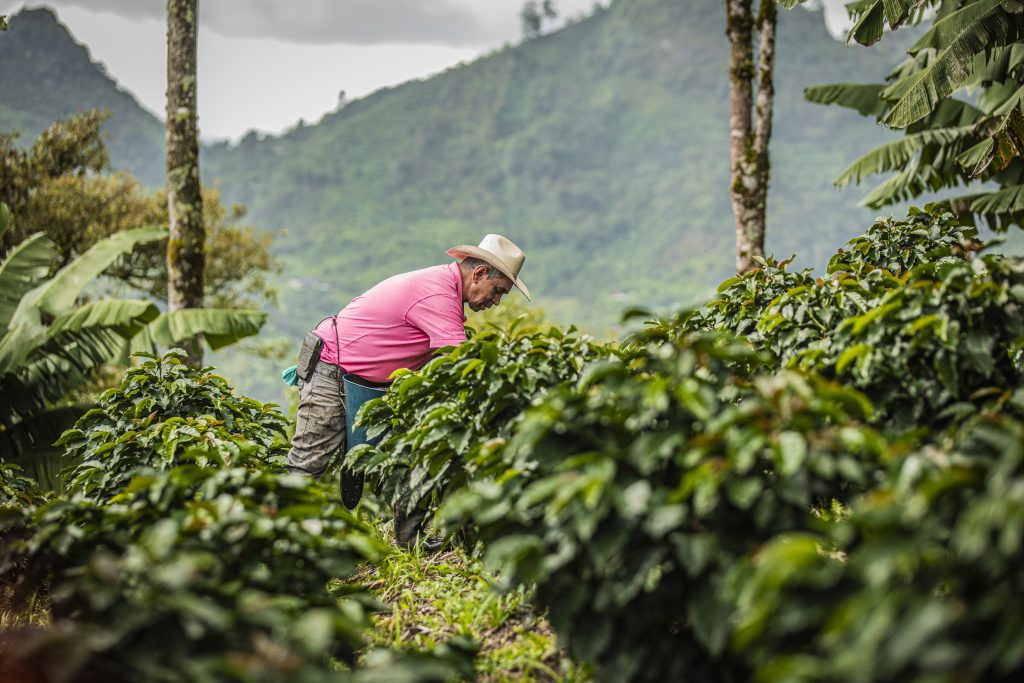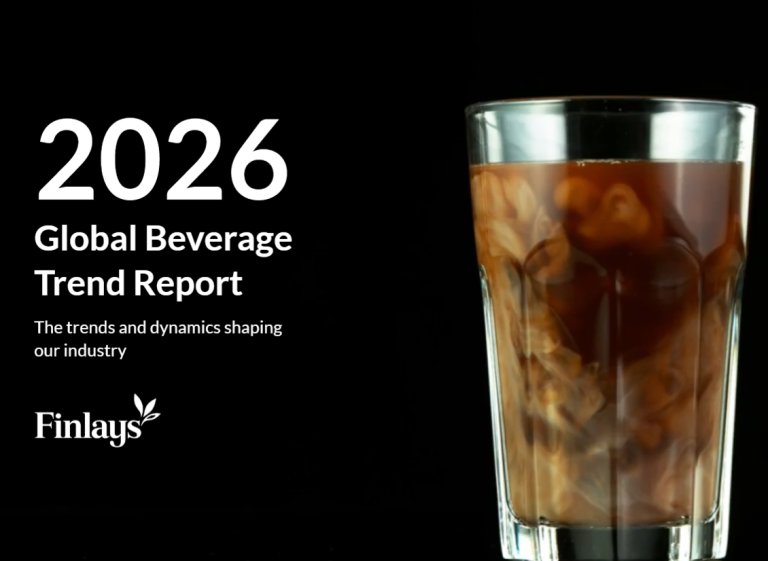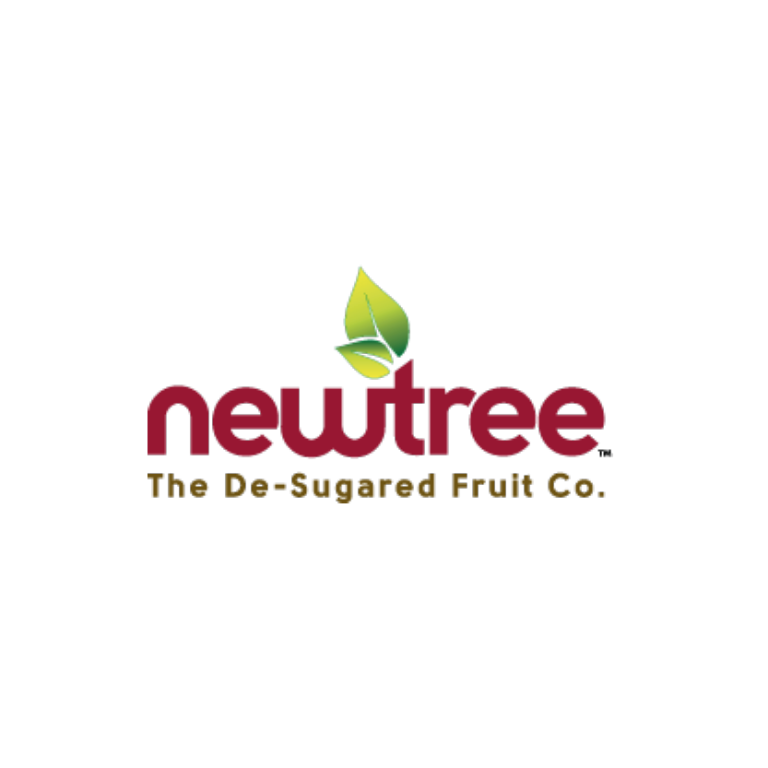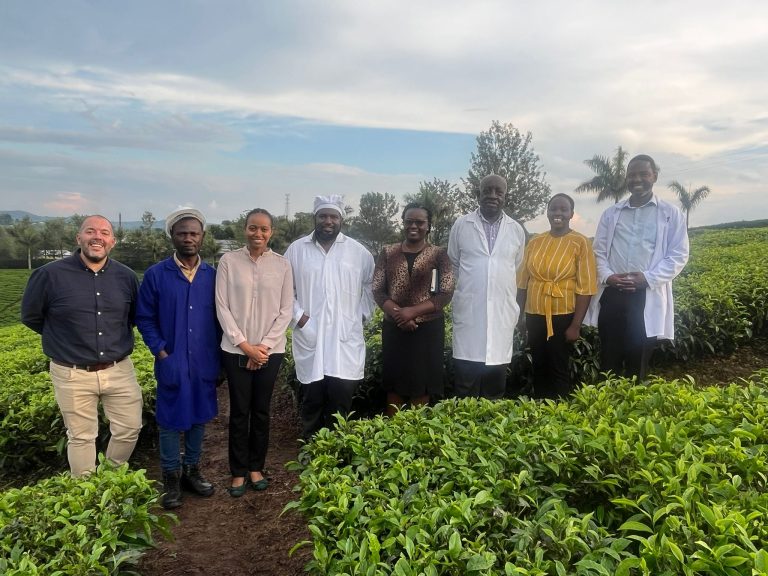By Javier Letamendi, Group Climate Change Manager
Article Key points
|
As part of Sustainable Future 2030, Finlays has set ambitious, SBTi-approved climate net-zero targets. These include a 50% reduction in Scope 1 & 2 emissions and a 42% reduction in Scope 3 emissions, but also a 30.3% in FLAG emissions by 2030 (with deeper reductions by 2040), all against a 2022 baseline.
If you’re not familiar with the term, FLAG stands for Forest, Land and Agriculture. This is a category of greenhouse gas (GHG) emissions from land management, land-use change, and agricultural activities. Think emissions from deforestation, soil degradation, fertiliser use, livestock, and more.
Why is addressing FLAG emissions so important in the natural beverages industry?
In the tea and coffee industry, a significant portion of emissions[1] can be traced back to land use and agricultural practices. This makes FLAG emissions not just a technical category, but a strategic priority. As a natural beverages business, our climate impact is deeply tied to how land is managed across our supply chain. Tackling FLAG emissions is therefore not only essential for meeting our targets, but also for building climate resilience and long-term sustainability in the sector.
How is Finlays approaching FLAG?
At Finlays, FLAG emissions represent over 65% of our total carbon footprint, with the vast majority (around 95%) coming from Scope 3 – mainly our raw material suppliers. This makes FLAG a critical area of focus in our climate strategy. Simply put: if we don’t tackle FLAG emissions, we won’t achieve our climate net zero targets.
Given the complexity and evolving nature of FLAG guidance under the GHG Protocol and SBTi – not to mention the complexity of our supply chain – tackling FLAG emissions is difficult. It requires that our approach to FLAG emissions and removals[2] accounting is robust, accurate, and future proofed.
That’s why, earlier this year, we partnered with the climate consultancy EcoAct, to deliver a 12-week project focused on strengthening our FLAG accounting. The project included three key phases:
What has been the impact of this project so far?
The project with EcoAct has been pivotal in shaping our approach to tackling FLAG emissions. EcoAct delivered two internal workshops (on FLAG emissions and removals), made recommendations to update our Basis of Reporting, and provided a detailed checklist assessing our current alignment with best practice FLAG emissions calculations and reporting guidance. This checklist outlined improvement actions, prioritised by urgency. The final presentation summarised findings and next steps, providing a clear path forward. The project was particularly pivotal in shaping our approach to FLAG removals.
Thank you for reading – if you would like to know more about FLAG emissions, or how Finlays can help you to meet your own targets in this area, please email Sustainability@Finlays.net
Notes
[1] FAO, 2024; Circular Ecology, 2022; LUKE, 2020; UCL, 2021
[2] As part of Finlays approach, carbon removals refer to nature-based carbon removals compliant with SBTi FLAG guidance, hence carbon removed from the atmosphere and stored in biomass, soils, and dead organic matter through specific land management practices and processes such as reforestation, improved soil management, or compost application.

